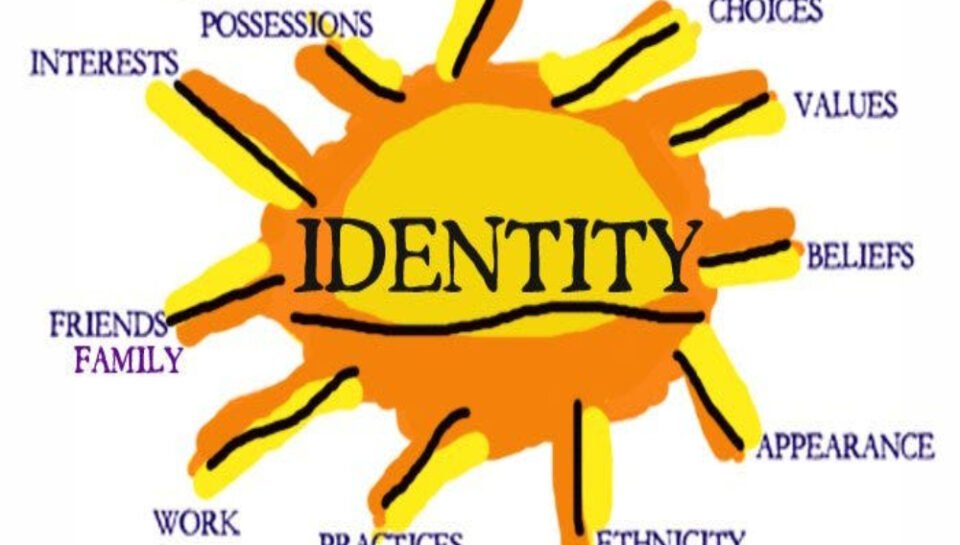
Detail the process of developing a cohesive brand identity.
Introduction
Developing a cohesive brand identity is an essential process for any business seeking to establish a strong presence in the market. A brand identity is not just a logo or a catchy tagline—it’s a unified system of visuals, messaging, and personality that communicates who the brand is, what it stands for, and how it interacts with the world. A cohesive brand identity builds recognition, cultivates trust, and enhances customer loyalty. This article outlines the step-by-step process involved in crafting a consistent and compelling brand identity.
Conducting Brand Discovery
The foundation of a cohesive brand identity begins with self-discovery. This phase involves defining the brand’s mission, vision, values, and goals. Businesses must ask fundamental questions: Who are we? What do we stand for? What makes us different? Understanding the target audience and competitors also plays a key role. This research provides clarity and direction for the creative process ahead.
Defining Brand Positioning
Brand positioning defines how a brand wants to be perceived in the minds of its audience. It’s about carving out a distinct space in the market and aligning the brand’s strengths with consumer needs. This includes deciding on a unique value proposition and brand promise that sets the business apart from competitors. Effective positioning becomes the strategic compass for all branding efforts.
Establishing Brand Personality and Voice
Every brand should behave like a persona with a consistent tone and manner of speaking. Is the brand formal or casual? Friendly or authoritative? Fun or serious? This personality is expressed through written content, marketing messages, customer interactions, and even design aesthetics. A defined brand voice ensures that communication remains consistent and resonates with the intended audience.
Designing the Visual Identity
The visual identity brings the brand to life through design elements. This includes creating a logo, selecting a color palette, choosing typography, and defining graphic styles and photography direction. These elements must align with the brand’s personality and positioning. Visual consistency is crucial—it helps build familiarity and reinforces brand recognition across all touchpoints.
Creating Core Brand Assets
Once the visual language is developed, core assets must be created. These typically include the logo in various formats, business cards, email signatures, letterheads, social media templates, packaging designs, and signage. Each asset should maintain visual and tonal consistency, reflecting the brand’s essence whether online, in print, or in person.
Building a Brand Style Guide
A brand style guide, also known as brand guidelines, serves as the official reference document for applying brand elements correctly. It outlines the rules for using the logo, colors, fonts, imagery, tone of voice, and layout principles. A comprehensive style guide ensures that internal teams and external partners consistently represent the brand, regardless of platform or medium.
Applying Branding Across Channels
To create a cohesive brand experience, the identity must be consistently applied across all platforms—website, social media, advertisements, packaging, customer service, and even employee communication. Every touchpoint reinforces the brand’s image, so design and messaging must align across digital, print, and experiential channels.
Ensuring Internal Alignment
Internal brand alignment is just as important as external consistency. Employees and stakeholders should understand and embody the brand values. Conducting brand training, workshops, and onboarding sessions helps instill the brand’s ethos within the organization. When everyone communicates and behaves in line with the brand identity, the message becomes more authentic and powerful.
Monitoring and Evolving the Brand
Brand identity is not a one-time task. It requires periodic review and adaptation to stay relevant and competitive. Businesses must monitor how the brand is perceived, gather customer feedback, and evaluate performance across platforms. If necessary, the brand identity can evolve while still retaining its core DNA to reflect changes in market trends or business direction.
Conclusion
A cohesive brand identity is the result of thoughtful strategy, intentional design, and consistent execution. It bridges the gap between a business and its audience, helping to convey trust, personality, and value. By following a structured process from brand discovery to implementation, organizations can create an identity that not only looks great but also drives meaningful and lasting engagement.
Hashtags
#BrandIdentity #CohesiveBranding #VisualBranding #LogoDesign #BrandPersonality #BrandStrategy #BrandVoice #TypographyMatters #ColorPalette #BrandGuidelines #DesignConsistency #MarketingDesign #BrandPositioning #CorporateBranding #BrandMessaging #CreativeDirection #BrandAssets #StyleGuide #BrandDevelopment #InternalBranding #DigitalBranding #CustomerExperience #StrategicBranding #ModernBrandIdentity #DesignForBusiness





